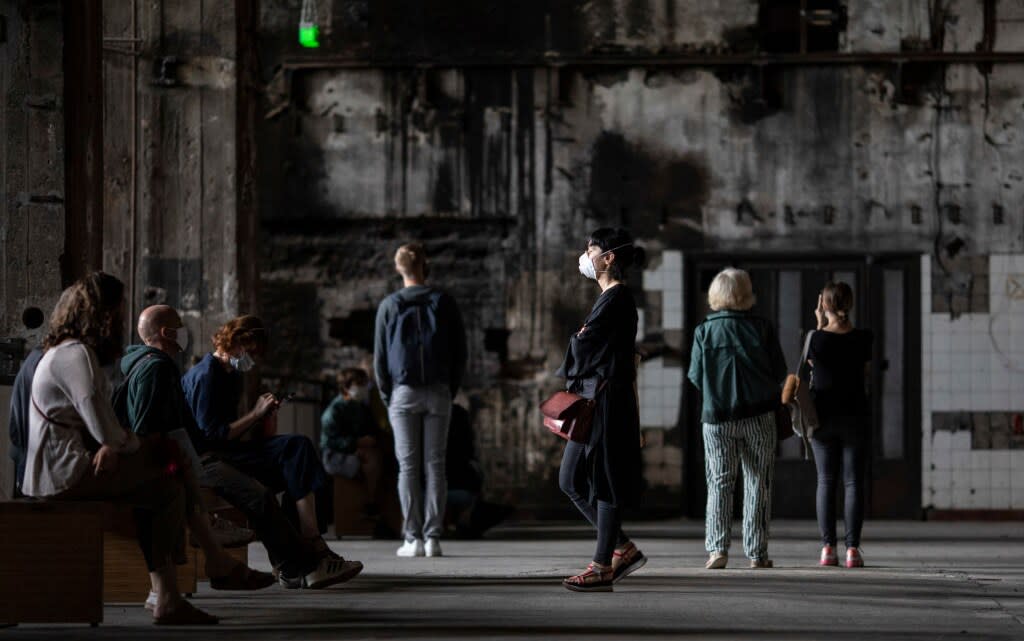Here in Germany, our rise in cases has been blamed on holidaymakers returning from Spain

The daily statement from Germany’s Robert Koch Institute, the federal government agency and research institute responsible for disease control and prevention, last Friday made for disconcerting reading: “The number of newly submitted cases on Friday, July 24, 2020, at 815, is significantly higher than in the previous weeks,” it said. “Previously, the number was around 500 cases a day, sometimes significantly lower. This development is very worrying and will continue to be closely monitored by the RKI.”
These numbers represent the sharpest spike since the middle of May. The report offers various reasons, ranging from larger celebrations in family and friend circles, increased leisure activities, to rises within workplaces, community and health facilities. But it also mentions returning travellers as a new cause, a point which is underlined by images circulating in the media of German tourists flouting social distancing rules in destinations such as Mallorca and Bulgaria.
But although Michael Kretschmer, a top Merkel aide and premier of the eastern state of Saxony, announced on Saturday that “the second coronavirus wave is already here”, and Berlin’s health minister Dilek Kalayci has made the link between new infections and travel conduct, many seem unaware of the rising numbers as the relaxed post-lockdown lifestyles within Germany continue.
The RKI report clearly says that to avoid a further exacerbation of the situation, the entire population must remain committed, “e.g. by consistently complying with distance and hygiene rules – even outdoors, ventilating interiors and, where appropriate, wearing a mouth and nose cover correctly.” But in Berlin at the weekend, many discarded these rules entirely, refusing to wear masks on public transport (and risking fines to do so) and larger shops, and completely ignoring social distancing.
Following on from an incident last weekend, where at least 13 people contracted the virus in a restaurant at Alexanderplatz, several people also reportedly caught it at a recent (legal) folk concert that obeyed the rules, and this weekend police broke up a 5,000-person illegal rave in a park in Neukölln.

Germany and Spain are not the only countries with increases. As a recent Telegraph analysis shows, France’s rate has jumped 50 per cent in a week from six to nine cases per 100,000 of the population, with 1,130 new cases on Saturday. And the Netherlands, Austria, Switzerland, Poland, Gibraltar, Italy, Monaco and Australia also saw incidence rates rise in the past week. The Bahamas and Luxembourg have risen to higher rates per 100,000 than Spain.

As the UK government announces that countries like France and Germany could soon be added to the quarantine list along with Spain, Germany’s Federal And State health ministers have set up free coronavirus testing centers at German airports, as well as at Bavarian rail and traffic borders. These tests, which usually cost up to €190, will be offered for free to holidaymakers returning from high-risk countries, currently on a voluntary basis, but those who opt out must still quarantine for two weeks.
The tests can also be used for German tourists to show on arrival in countries demanding them. It is all a far cry from the UK’s unsubtle blanket quarantine. Britain would do well to take note.


